Florida Everglades
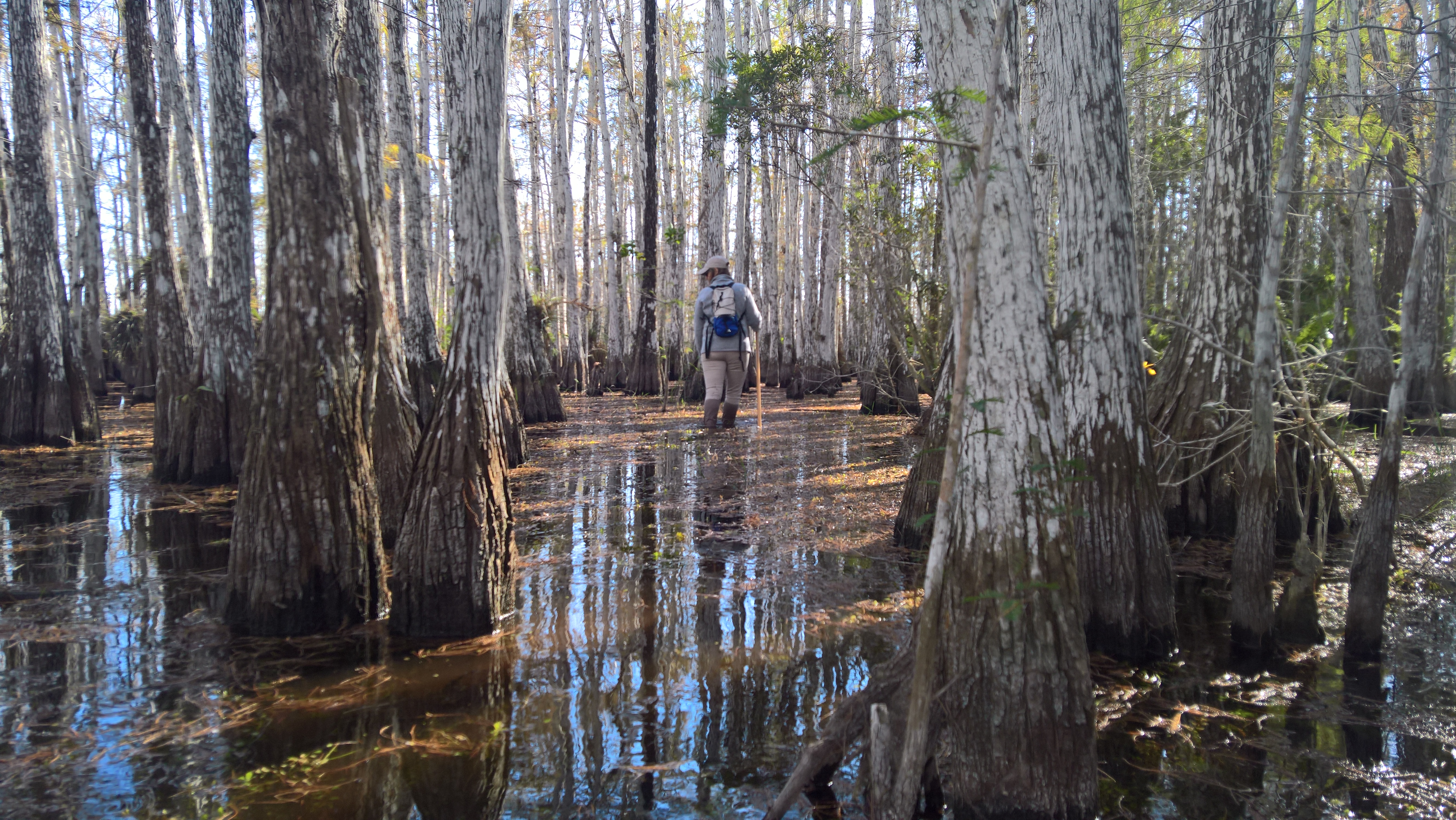
The Florida Everglades
By Dylann Turffs
Though many of her friends in Miami feel they have to get on a plane to fly north or west to experience real nature, Dylann Turffs knows the peace and beauty of the cypress swamps, sawgrass marshes, pine rocklands, and shallow seagrass meadows that make up the Florida Everglades.
Read Dylann’s reverent reflection on the importance of this unique landscape, and her tips on how to visit the Everglades yourself:
In Defense of Swamps
Ask someone what comes to mind when they think of nature. Most people conjure images of conifers climbing from granite, of mountains flanked by alpine lakes. Some might describe an image of a Pacific island, its verdant green-softened peak descending to the sea. Still others might describe a desert of the American southwest, its red rocks magnifying the colors of the sunset. Few people would first describe a swamp.
The Everglades is, in fact, not a swamp. In the western Everglades there are indeed swampy cypress filled strands, but the Everglades is actually a patchwork of habitats.
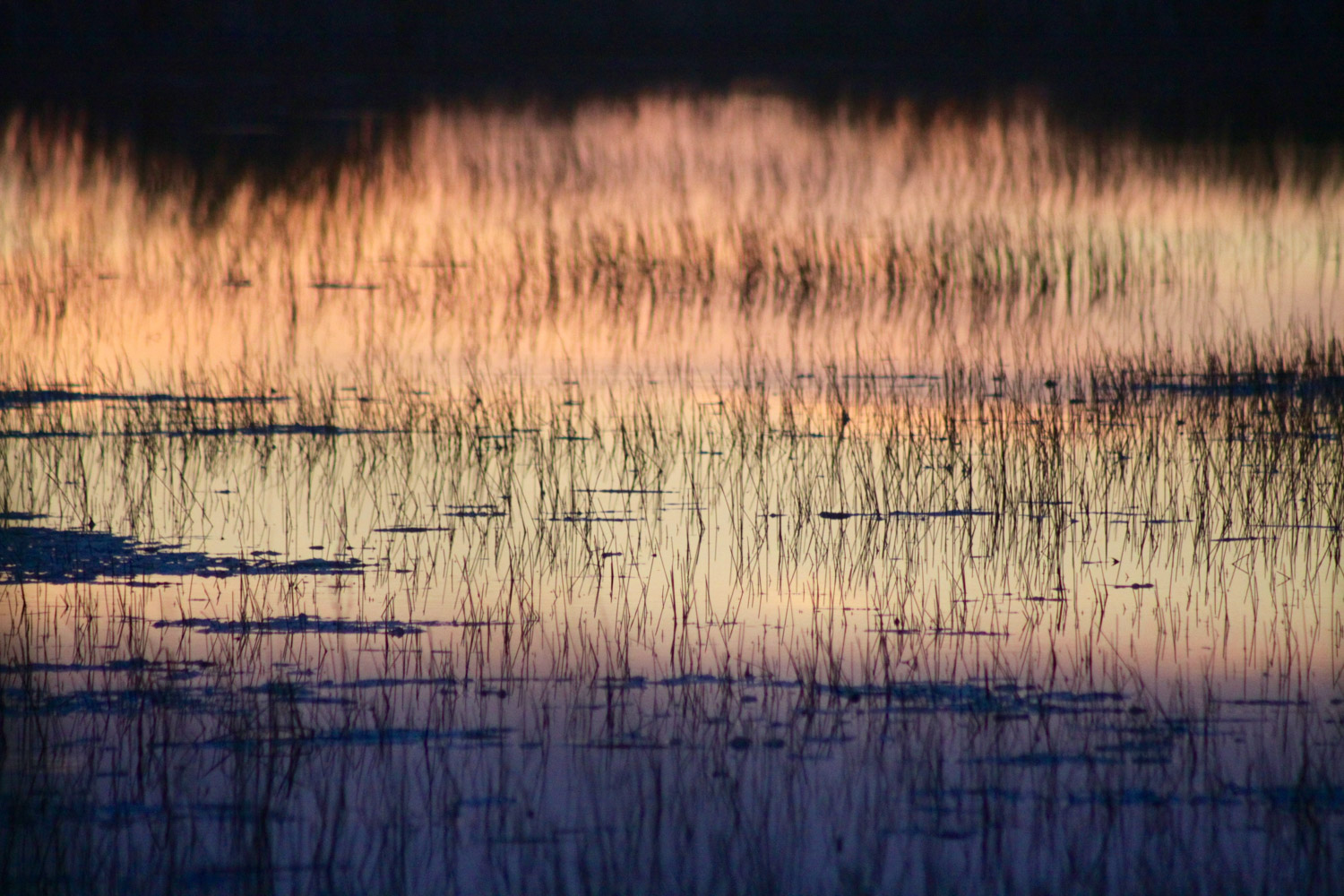
Sunset reflected in an Everglades marsh
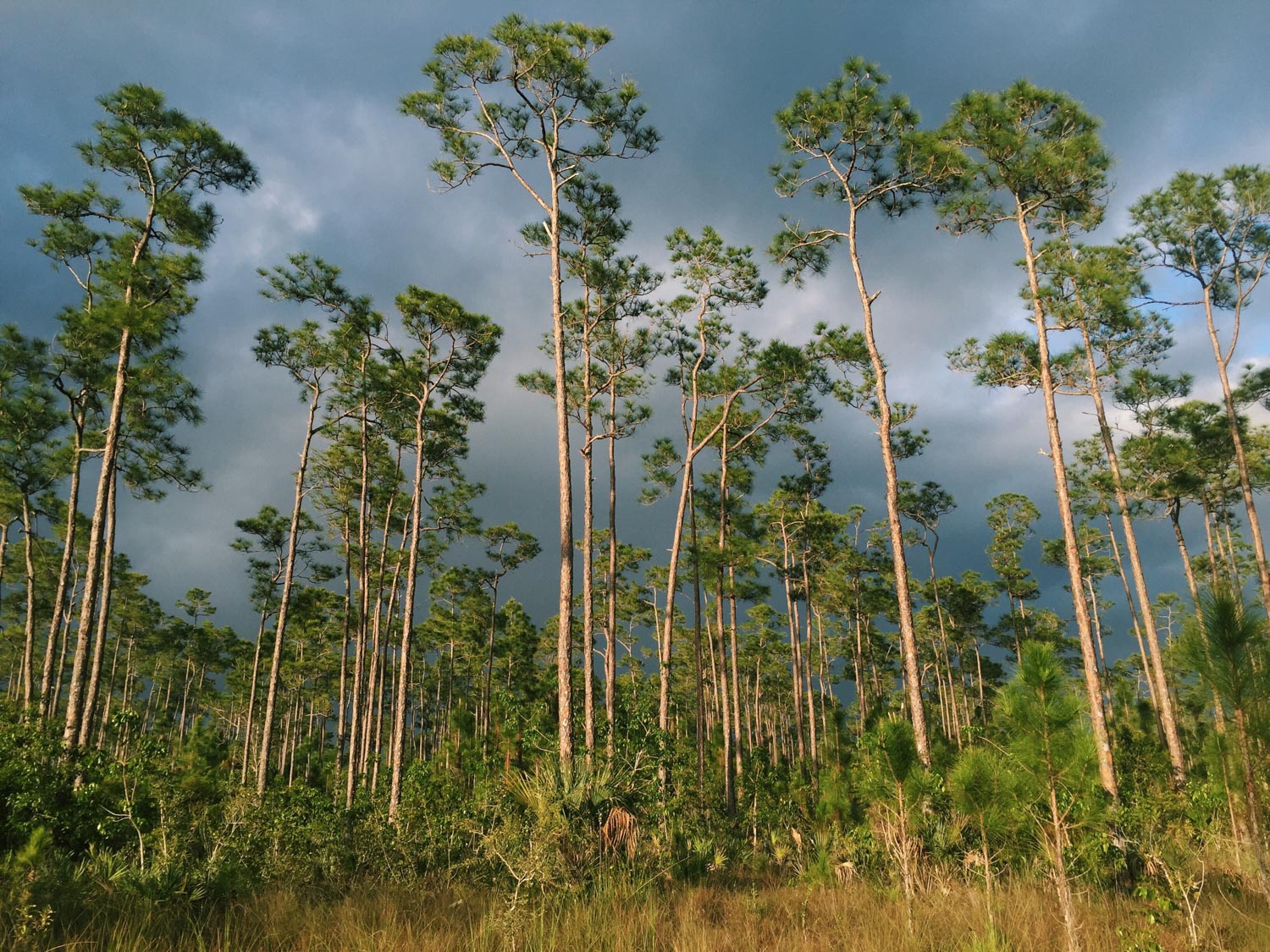
Pine rocklands, lush with tall grasses and palmettos.
Historically, the Everglades began north of Lake Okeechobee and continued south, where a shallow sheetflow of water formed during the wet season and moved south to discharge into Florida Bay. Now developed by humans, tempered by water retention, canals, and roads, millions of acres are now suburbs or sugarcane farms. Still, just outside of Miami, millions of acres have been protected within national and state managed land. Much of the Everglades consists now of the slough, the lower areas that are flooded year round and transmit water south through sawgrass marshes, but the Everglades also contains upland pine Rocklands and shallow seagrass meadows.
There is so much beauty to be found in each of these places, but when I recall the times and places I’ve felt most at peace, I often think of the swamps.
There, I have gotten blissfully lost. I have paddled for days without seeing another human. I have hiked upon a panther that disappeared into the trees before my eyes registered what I was seeing. I have bathed in the crystal water of a cypress dome and spent days pulling cypress needles from my hair.
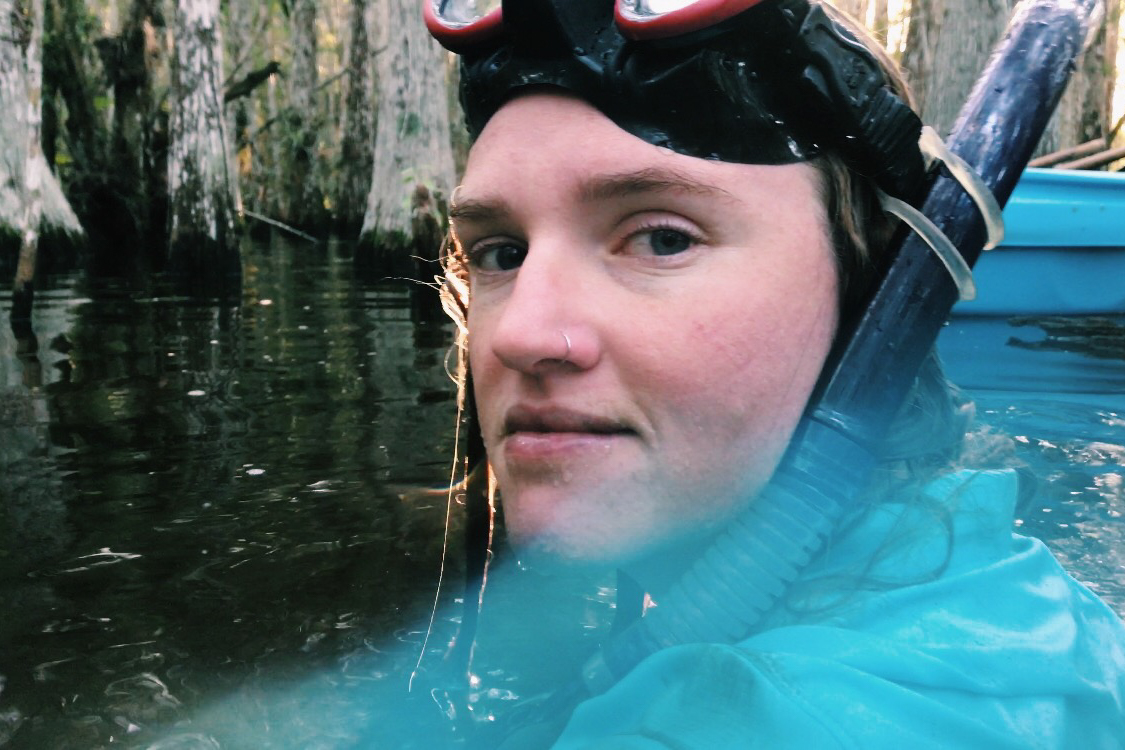
When I recall the times and places I’ve felt most at peace, I often think of the swamps. There, I have gotten blissfully lost… I have bathed in the crystal water of a cypress dome and spent days pulling cypress needles from my hair.
Swamps have long been devalued. They’ve been seen as enemies of human progress, stymying development. They contain disproportionately high amounts of the type of animals that make people shudder, from snakes to spiders to alligators. They also contain realistic threats such as mosquitos which, in many parts of the world, are still a major disease vector causing the death of millions every year. All of these factors have combined to make swamps the perfect setting for horror films and nightmares: a place to avoid.
In a way, this benefits me. Our swamps in south Florida are among our wildest, quietest places where you can hike for miles without seeing another soul. But it also means that when nature is under threat in Florida, many people don’t know to show up to its defense. They don’t realize how many wild places still exist here and need our help, and how unique those place are.
Swamps and wetlands, here and worldwide are vitally important. In south Florida, the sheetflow of the Everglades replenishes the Biscayne Aquifer, which provides drinking water to a third of Floridians. Wetlands act as carbon sequestration systems and store floodwaters, vital for hurricane and flood prone areas. They are among the most productive ecosystems in the world, supporting a huge diversity of plants and animals.
Our swamps in south Florida are among our wildest, quietest places where you can hike for miles without seeing another soul. But it also means that when nature is under threat in Florida, many people don’t know to show up to its defense.
But even beyond these quantifiable services swamps provide, they have so much more to give us. In my work and in my free time, I’ve led many people on hikes into the swamp. Depending on the time of year and the location, the water might be only ankle deep or it might be chest deep.
Those first few steps from dry land into water are scary for most people no matter the depth, but after they get used to moving through the water and over limestone, they begin to look up.
They notice the cypress trees coming together to form a dense canopy overhead. They notice that the undisturbed water around them and in front of them is crystal clear and it’s not full of the scary creatures they’d anticipated. Rather, they see small gambusia fish schooling about, and dense mats of fragrant lemon bacopa underfoot. They notice the lichens and epiphytic orchids growing from the cypress bark. They hear the crack as the trees bounce off one another in the breeze and if they look closely, they notice the barred owl sitting atop a branch and gazing back at them.
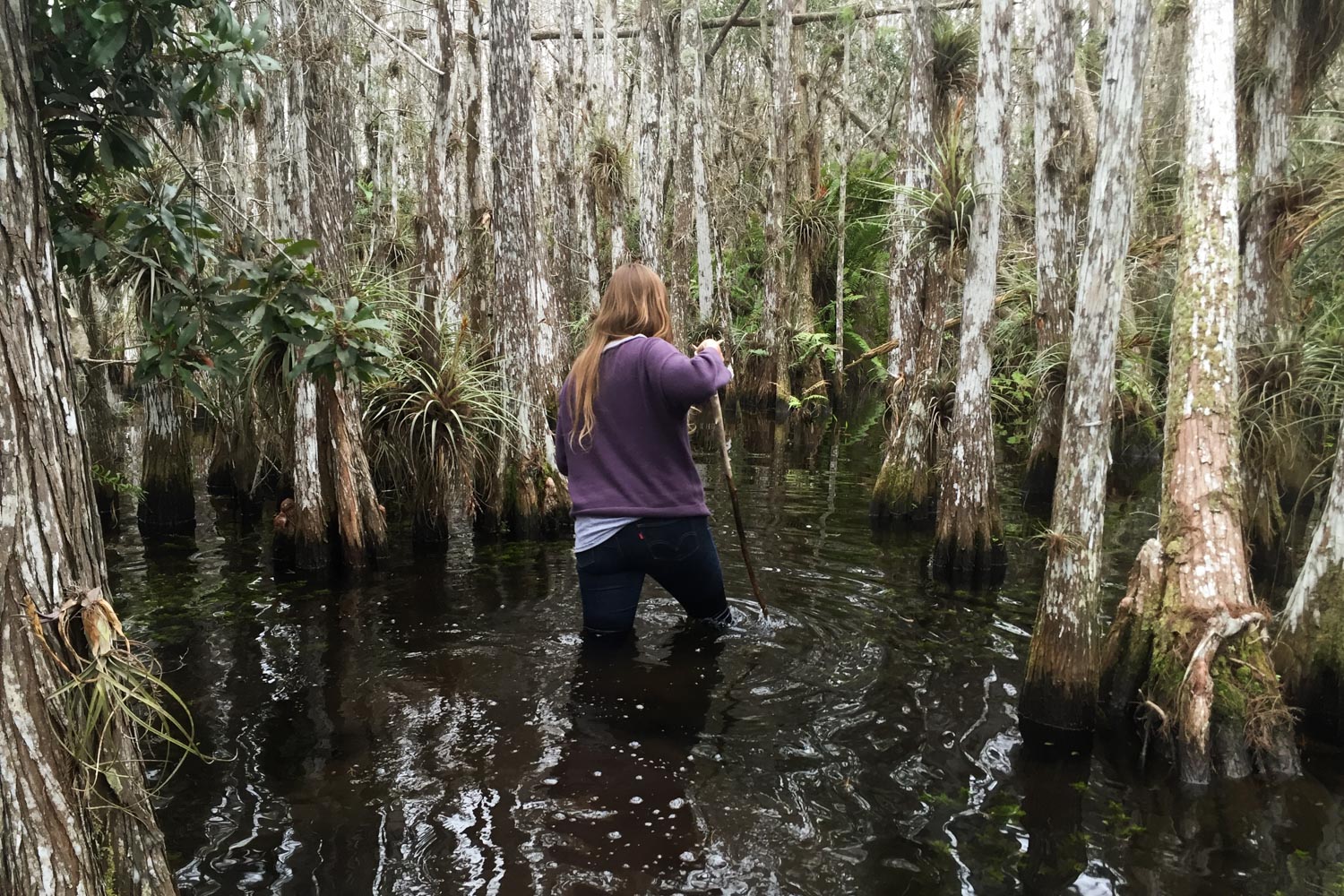
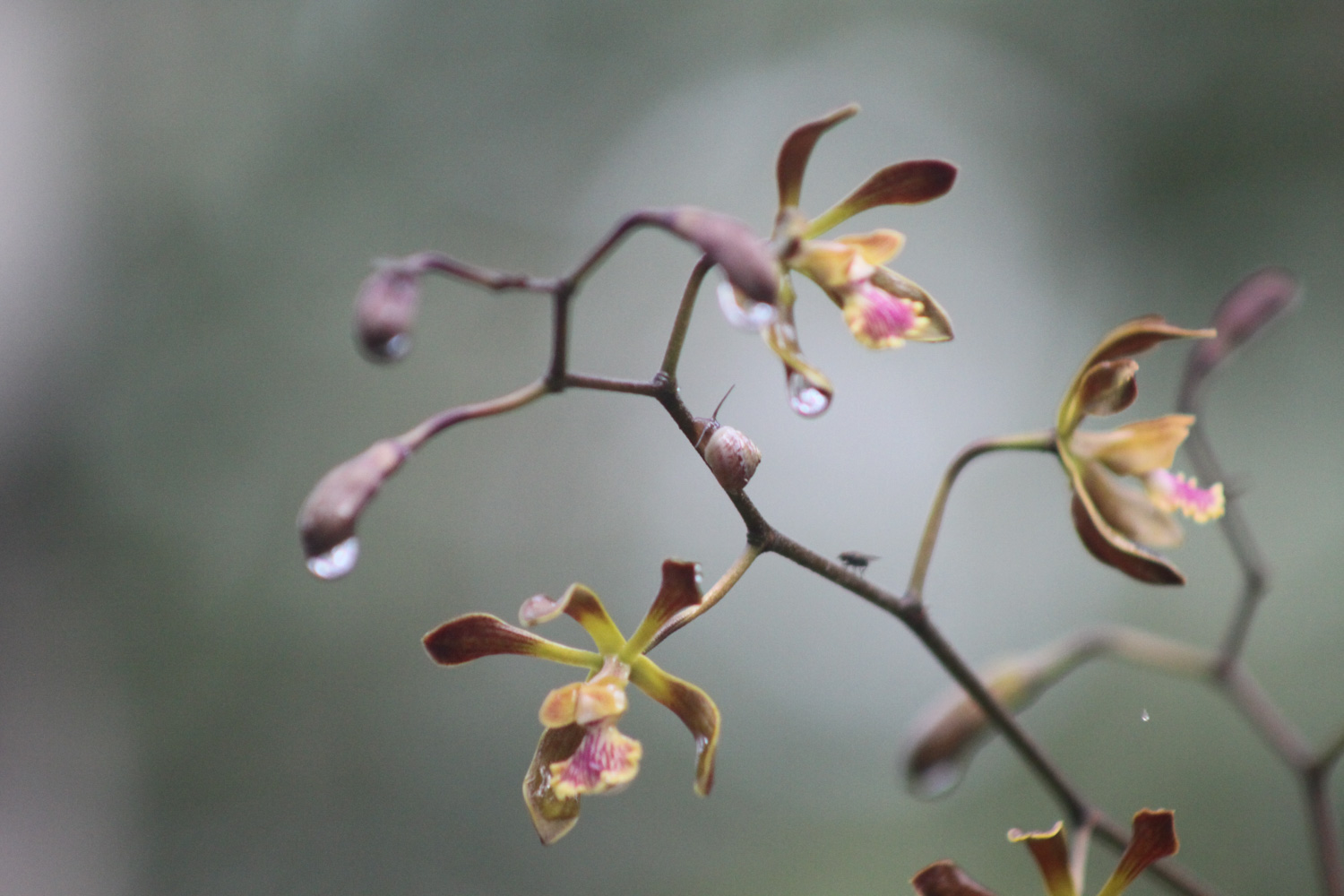
Look closer for a tiny snail on the orchid stem
Walking into the swamp is an exercise in trust. It is an exercise in looking at the world through new eyes, in considering things through a kinder, gentler lens… When you do, you can’t help but wonder what else you’ve been overlooking; what else you’ve misjudged.
I’ve seen many people cry the first time they hike into a cypress strand. They feel brave, and they feel proud of themselves for doing something that most people wouldn’t dream of trying.
Walking into the swamp is an exercise in trust. It is an exercise in looking at the world through new eyes, in considering things through a kinder, gentler lens. You notice how the light streams through the cypress needles in a way you’ve never experienced. You begin to see how many tiny beautiful things exist poking from every nook in the cypress. When you do, you can’t help but wonder what else you’ve been overlooking; what else you’ve misjudged.
Tips for Visiting the Everglades
The best way to get a taste for the variety of habitats within the Everglades is to drive along Everglades National Park’s main park road, which travels from Homestead to Flamingo and to stop at the short and accessible trails along the way. They’re each less than a mile and are composed of either pavement or boardwalk. Some people find them lacking in adventure, however I think they’re the perfect introduction to the ecosystem—and, as it is the Everglades, you never know what you’ll see.
During the dry season, dozens of alligators can be spotted along the half mile of Anhinga Trail. Once someone once told me they looked up along the Gumbo Limbo Trail and saw a Florida panther looking down at them from its perch atop fern-covered oak.
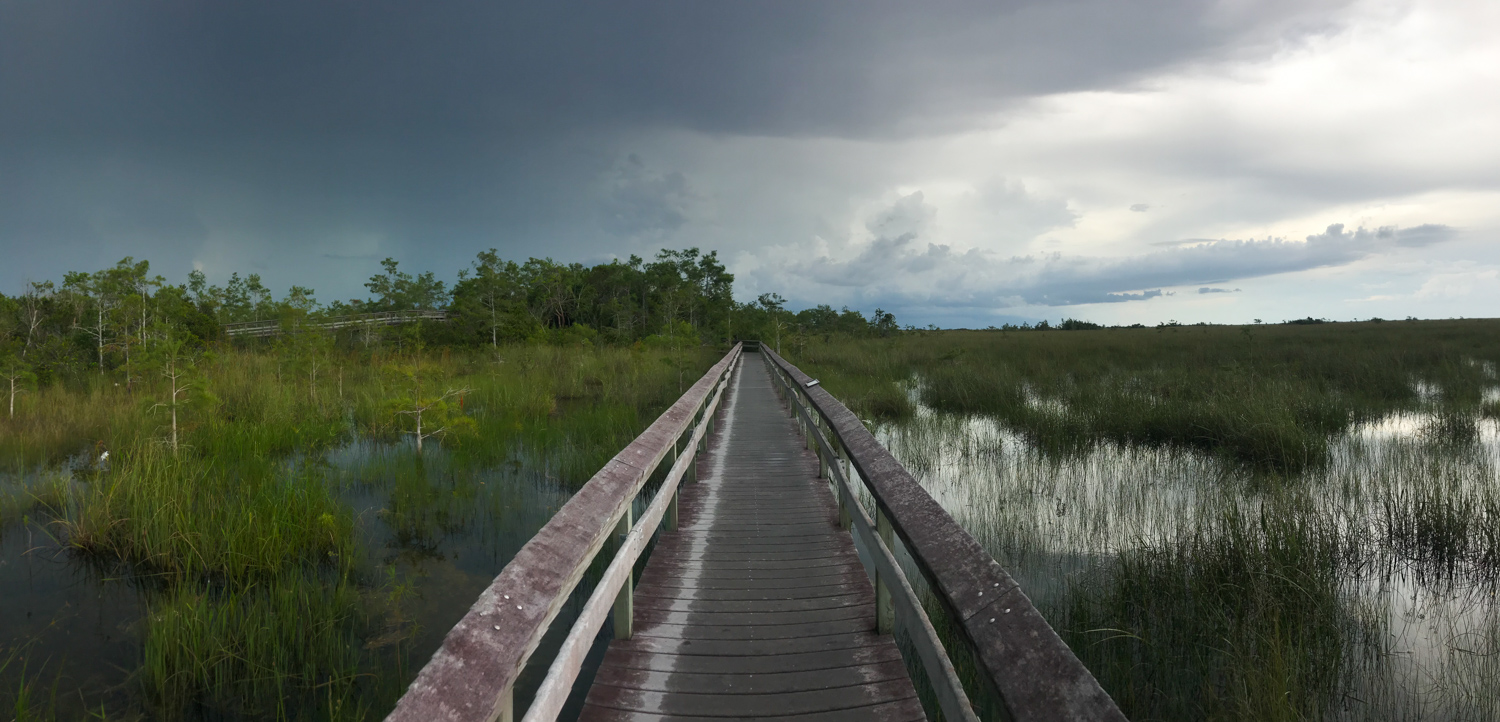
Some Everglades trails look like this.
The majority of the park is wilderness, so it cannot be accessed by vehicle, but if you’re looking for immersion and willing to paddle or hike, it can be found in almost any direction. Both Everglades National Park and Big Cypress National Preserve are home to forests of cypress trees growing out of crystal clear water. These hikes are what made me fall in love with the Everglades.
Everglades National Park also contains dozens of backcountry camping sites, most of which can only be accessed by boat or kayak. My favorites are the chickee sites where you set up camp on an elevated platform over the water. From the brackish water sites, I’ve seen sawfish patrolling the edge of the mangroves and a friend camping at a chickee in Florida Bay watched a pod of dolphins hunting around him.
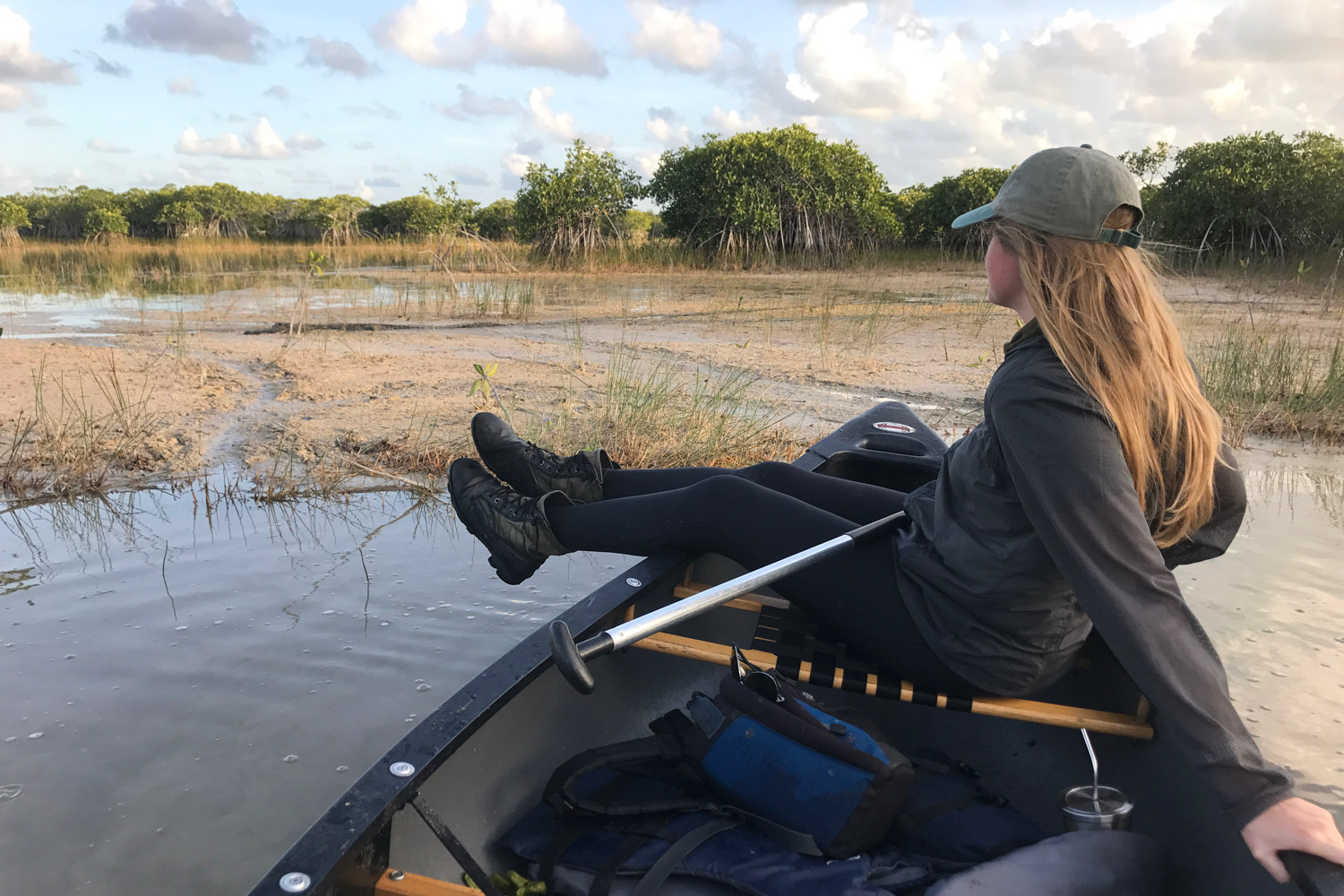
Canoeing near the mangroves
There are also easily accessible drive-up sites in Everglades and Big Cypress. Long Pine Key in the Everglades and Burns Lake in Big Cypress are some of my favorites. These offer amazing base camps for watching the stars and listening to owls at night, and for exploring the Everglades by day.
I am an avid “herper,” and love driving around at night looking for snakes. During the hottest times of year, the park is most alive at night, so don’t feel you have to stop exploring when the sun sets. Just be prepared for mosquitoes, especially during the off season, and drive slowly and respectfully knowing these roads are frequently crossed by animals from the tiniest snakes and turtles to large gators and bears.
Photos courtesy of Dylann Turffs and Kevin Berriz
Dylann Turffs is a South-Florida based writer, naturalist, park ranger, and captain with a particular love for hot, humid environments and the wildlife that inhabit them. Find her on Instagram @theswampandthesea.




Beautifully written, Dylann. I am a South Florida native who moved to the PNW a few years ago. A friend asked me the other day what I miss most about Florida. My answer? The swamp! This post perfectly put into words how I feel about Florida. Thank you for writing this!